Like people, pets have ear canals lined with special glands that produce a waxy protective film and microscopic hairs that help flush wax and debris from the canal. However, unlike people’s ears, pets’ ears have varying shapes, some of which block adequate airflow into the canal and allow bacteria and fungi to thrive. As a result, ear infections are extremely common in dogs, but less so in cats. When an ear infection takes hold, the tiny hairs lining the canal are disabled, tissues become inflamed, and the wax-producing glands go into overdrive, causing debris, discomfort, and odor.
Our Aberdeen Veterinary Clinic team may recommend that you clean your pet’s ears every few days to increase ear infection medications’ effectiveness. We also recommend that dog owners clean their pet’s ears after baths, or more frequently if the dog is a high-risk breed, has narrow or closed-off ear canals, has allergies, or swims often. However, if you clean your pet’s ears improperly, you can do more harm than good. Read our guide to the pet ear cleaning technique do’s and don’ts.
DO choose a safe pet ear cleanser
Tissues inside the ear canal are sensitive, so you can’t use just any solution to clean your pet’s ears. Plain water, salt water, vinegar, peroxide, and alcohol are unacceptable substitutes for commercial ear cleaners because they are either irritating or ineffective. Use an ear cleanser recommended by our veterinary team for your pet’s specific needs, which often includes antimicrobial agents and ingredients to help break up and remove debris safely.
DO practice a correct pet ear cleaning technique
To clean your pet’s ears, pour a small amount of solution into the ear canal, massage the solution at the ear’s base to break up debris and push it upward, then wipe out the dirty solution with a cotton ball. Never reach into your pet’s ear past where you can see, because this can damage the delicate ear drum. If your pet reacts strongly to having solution poured directly into their ear canal, soak a cotton ball with the cleanser and place it in the ear before massaging.
DO gently restrain your pet
Ask a friend or family member to help you clean your pet’s ears. One of you can hold your pet gently while the other offers them tasty treats. Positive reinforcement allows your pet to stay calm during an uncomfortable process. Always handle the ears gently and avoid struggling with your pet, which could cause unnecessary stress or pain.
DO clean your pet’s ears regularly
Ask our Aberdeen Veterinary Clinic team how frequently you should clean your pet’s ears, then establish a routine. Our veterinary technician team or your local groomer can help with ear cleanings if you aren’t comfortable doing so yourself. Regular cleaning offers a chance to inspect the ears and alert our staff if you notice a foul odor, pain, redness, or unusual debris.
DON’T use cotton swabs inside your pet’s ears
Although cotton swabs seem like the ideal tool for ear cleaning, they can push debris deeper into the ear canal or puncture your pet’s delicate eardrums. Cotton balls are effective and safe when you use a cleanser to push debris up into the outer canal, where you can easily reach it. If your dog gets debris in the small folds and wrinkles inside the ear flap, you can safely use a cotton swab to “detail” these areas.
DON’T neglect pet ear canal drying
Excess moisture in the ear canal can cause an infection, which is why we recommend cleaning your pet’s ears with an approved solution after bathing or swimming. If your pet swims frequently, ask us to recommend a gentle solution with drying action that is safe for daily use. After cleaning, place dry cotton balls into your pet’s ears and massage them to remove excess fluid.
DON’T skip regular veterinary checkups
Routine veterinary checkups help us determine if your pet’s ears are healthy. If your furry pal has frequent infections, our team can help determine the underlying cause, which is often an undiagnosed allergy. Regular wellness examinations are also crucial for your pet’s overall health and wellness, not only for ear health.
DON’T force ear cleaning on your pet
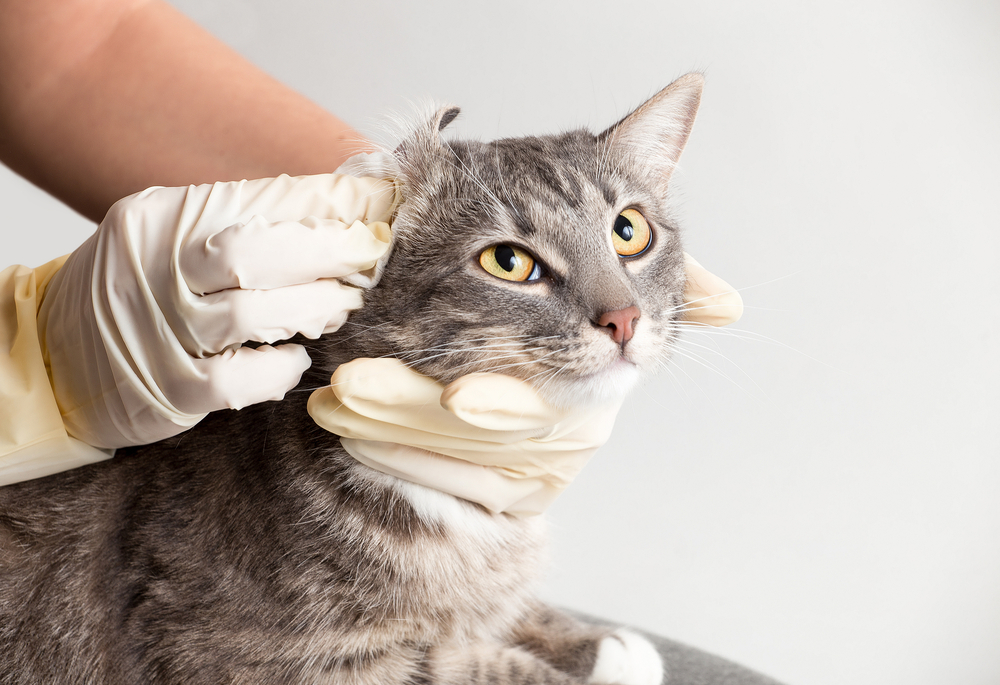
If your pet cries out during cleaning or refuses to cooperate, don’t force the issue. Stress from a painful experience now can prevent you from successfully cleaning your pet’s ears in the future. To help prevent your pet from making a negative association with ear cleaning, schedule a visit with our team to check your pet’s ears and rule out infection. If pain is the reason for your pet’s rebellion, we may recommend light sedation to clean and treat their ears. If your pet’s ears are healthy, we may suggest working with a trainer to desensitize your pet to the ear cleaning process in a positive, productive manner.
Keeping your pet’s ears clean is part of the essential grooming and maintenance that keeps them healthy and happy. For an ear cleaning technique demonstration, recommendations for an ear cleaning solution, or an ear infection diagnosis, contact our Aberdeen Veterinary Clinic team.


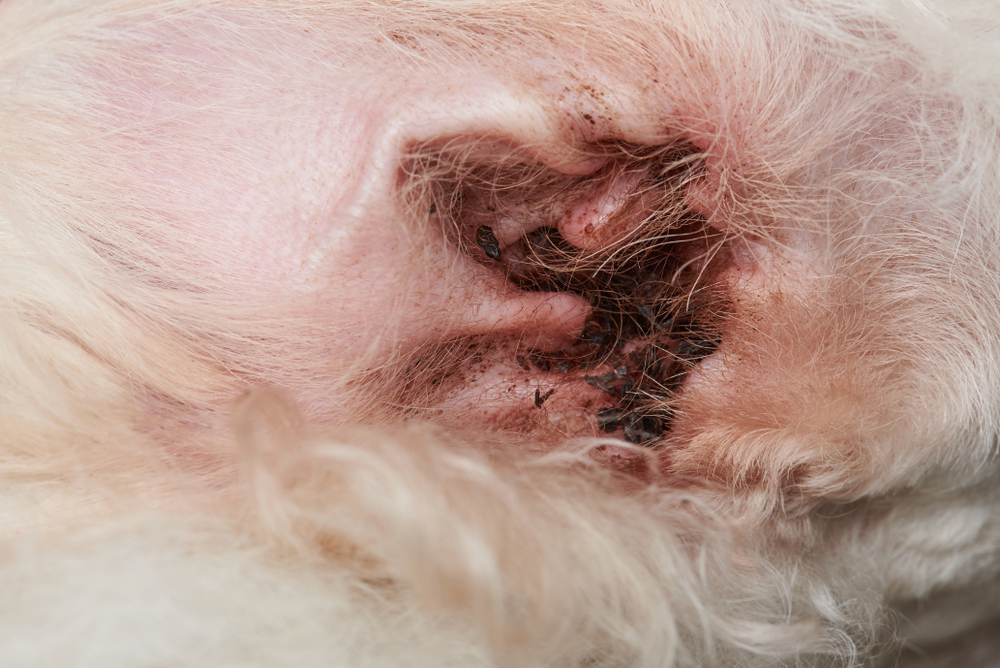
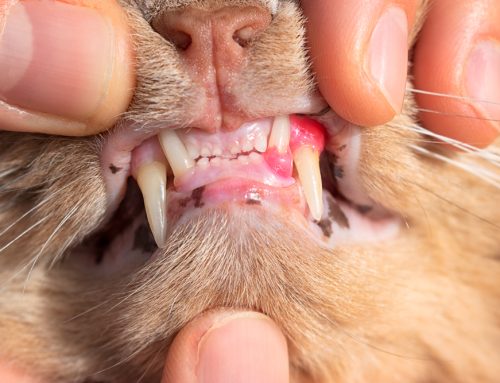
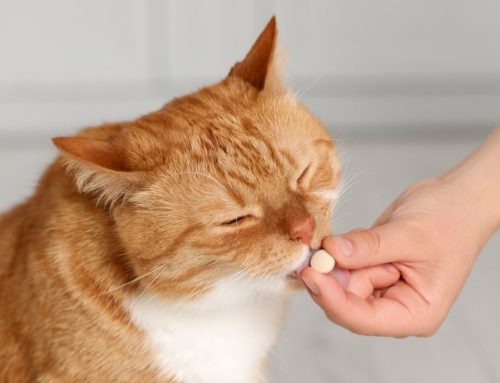
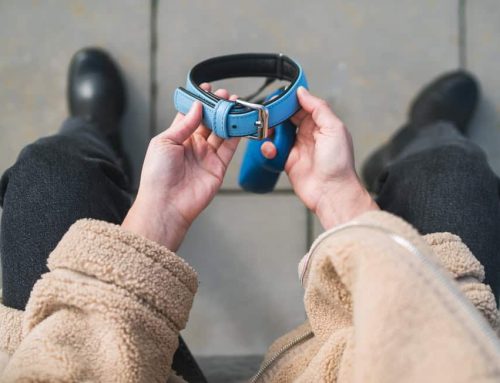

Leave A Comment